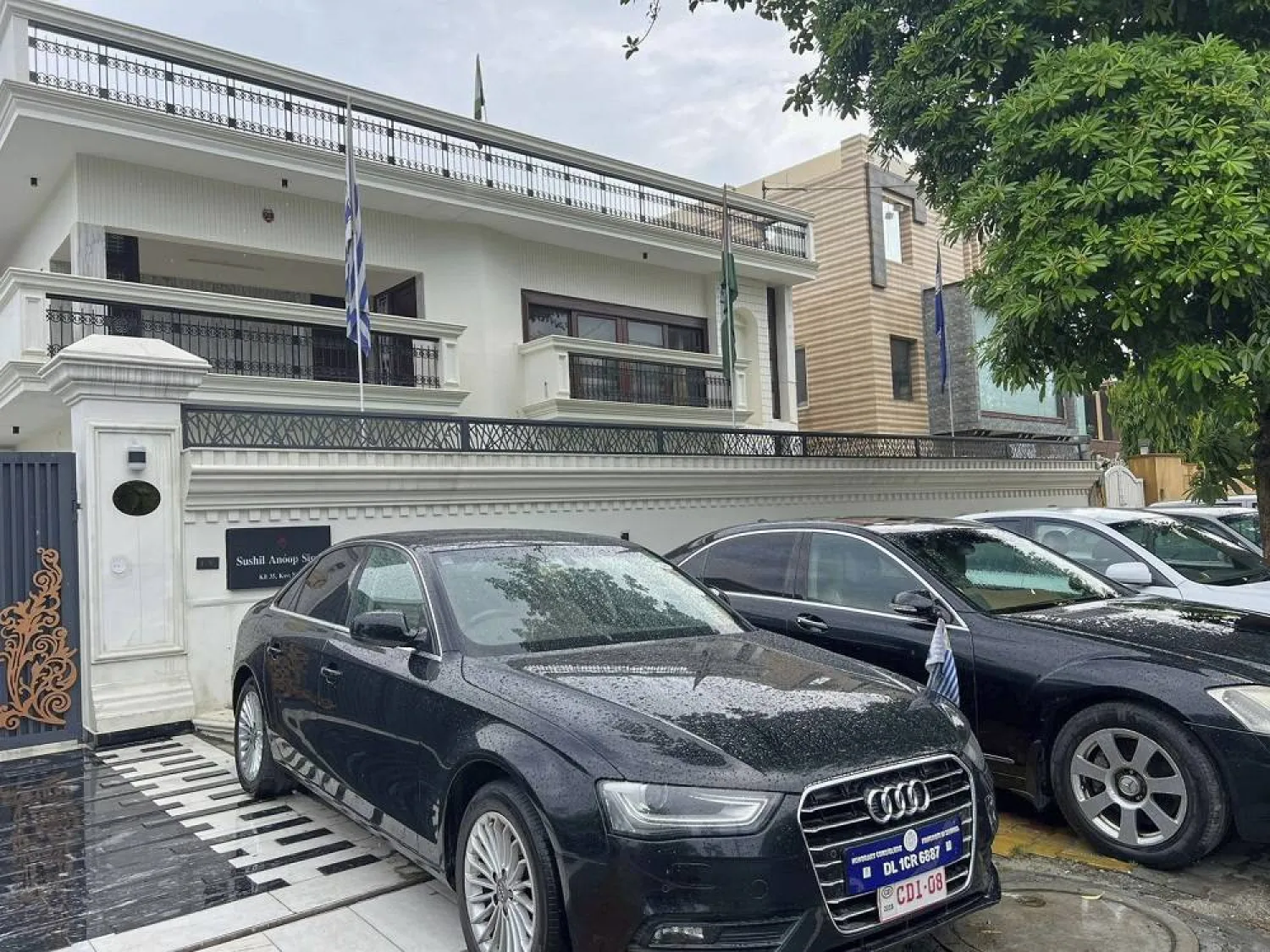Animal feed is vital for the global food security, but it deeply affects the environment given the amount of greenhouse emissions emitted during its production and processing. Yet, new innovations and techniques could help provide sustainable and clean solutions in this field.
New feed source
The King Abdullah University of Science and Technology (KAUST) has collaborated with the Ministry of Environment, Water, and Agriculture (MEWA) to produce a new source of animal feed in the KSA.
The new project, which aligns with Vision 2030 and the Saudi Green Initiative's focus on food security, aims at developing new techniques to produce the highest quality of algae protein used as feed for animals such as fish and poultry. The project supports producing local raw material for animal feed and reduces the reliance on imported raw materials. This could help establish a sustainable animal feed industry in Saudi Arabia.
“The microalgae project aligns with the kingdom’s Vision 2030 and the Saudi Green Initiative, and will bring environmental, social, and economic benefits not only for Saudi Arabia, but for the whole world,” said Dr. Ali Al Shaiki, CEO of National Fisheries Development Program.
The project, known as Development of Algal Biotechnology in the Kingdom of Saudi Arabia- (DABKSA), is overseen by MEWA’s National Fisheries Development Program (NFDP) located on the KAUST campus. The project director in Dr. Claudio Grünewal, joined KAUST in October 2021 from Swansea University in Wales, bringing extensive experience in marine microalgal production, with the engineering expertise needed to design, build and operate high-scale aquaculture installations. Grünewald has delivered several microalgae industrial size projects in different countries such as Spain, Chile, Japan and the United Kingdom.
Pilot program
Phase one consisted of constructing an 870 m2 -experimental facility aimed at studying the feasibility of the high-protein algae. Opened on March 22, the facility provides documented data on the productivity of algae during the first year. The data will be used to assess the feasibility, economic benefits, and sustainability of the project.
Algae grows in both seawater and fresh water, driven by sunlight’s reaction with nitrogen, phosphorus and carbon dioxide. In the DABKSA project, algae rich in protein, oils and carbohydrates are planted in systems of outdoor ponds (raceways) and closed tubes (photobioreactors). The concentrated paste is made using a liquid culture (usually conducted in testing tubes), and then it’s freeze dried to make the powdered biomass that will be included in feed for animals.
The project has several environmental benefits, and the limited sources such as soil, water, and energy are being used in growing animals and their feed. It’s also expected to help reduce greenhouse emissions usually produced by the conventional animal feeds.
Algae-based techniques can also contribute to reducing environmental impacts. Among the proposed solutions is feeding the fish the algae-based food, and then reuse the water from the tanks used to grow the fish to grow more algae, which could lead to a circular economy. Algae can grow along the Saudi coasts (3,400 kilometers), the Red Sea, and the Gulf.
Production phase
Once feasibility is demonstrated in Phase I, the Algal Biotechnology project will proceed to Phase II, which involves designing and building a larger aquaculture and algae plant. The target tonnage of dry weight biomass is expected to reach approximately 1.5 – 2 tons in the first year, and a larger yield in Phase II (late 2023-24) — between 50 and 100 tons, when the plant expands to a four-hectare facility. A future goal of DABKSA is to apply multi-trophic aquaculture approaches to the Red Sea Project and NEOM, among other in-Kingdom projects.
KAUST is a center for wide-scale research on algae in the Kingdom. In the past two years, the university has preserved the main talents and equipment to accelerate – not only the animal feed project related to the food security initiative and the Saudi Vision 2030 – but also the use of algae in the production of tires, perfumes, and pharmaceutical drugs.
The university is also the only laboratory experimenting with algae-based applied biotechnology in the Arabian Peninsula, working on identifying local algae strains, their different behaviors and tolerance of external environmental factors. KAUST has also built a library featuring the local strains of algae of commercial value to the Kingdom of Saudi Arabia.
Among the project’s team members is Dr. Kyle Lauersen, KAUST assistant professor and algae expert, who helps professor Grünewald developing strategies to train future generations of algae experts and help them apply new techniques across the Kingdom.
"I truly believe that the Kingdom has a competitive advantage to run industrial algal cultivation along the Red Sea coast with its flat land, CO2 sources, and year-round solar irradiation," Grünewald said.







